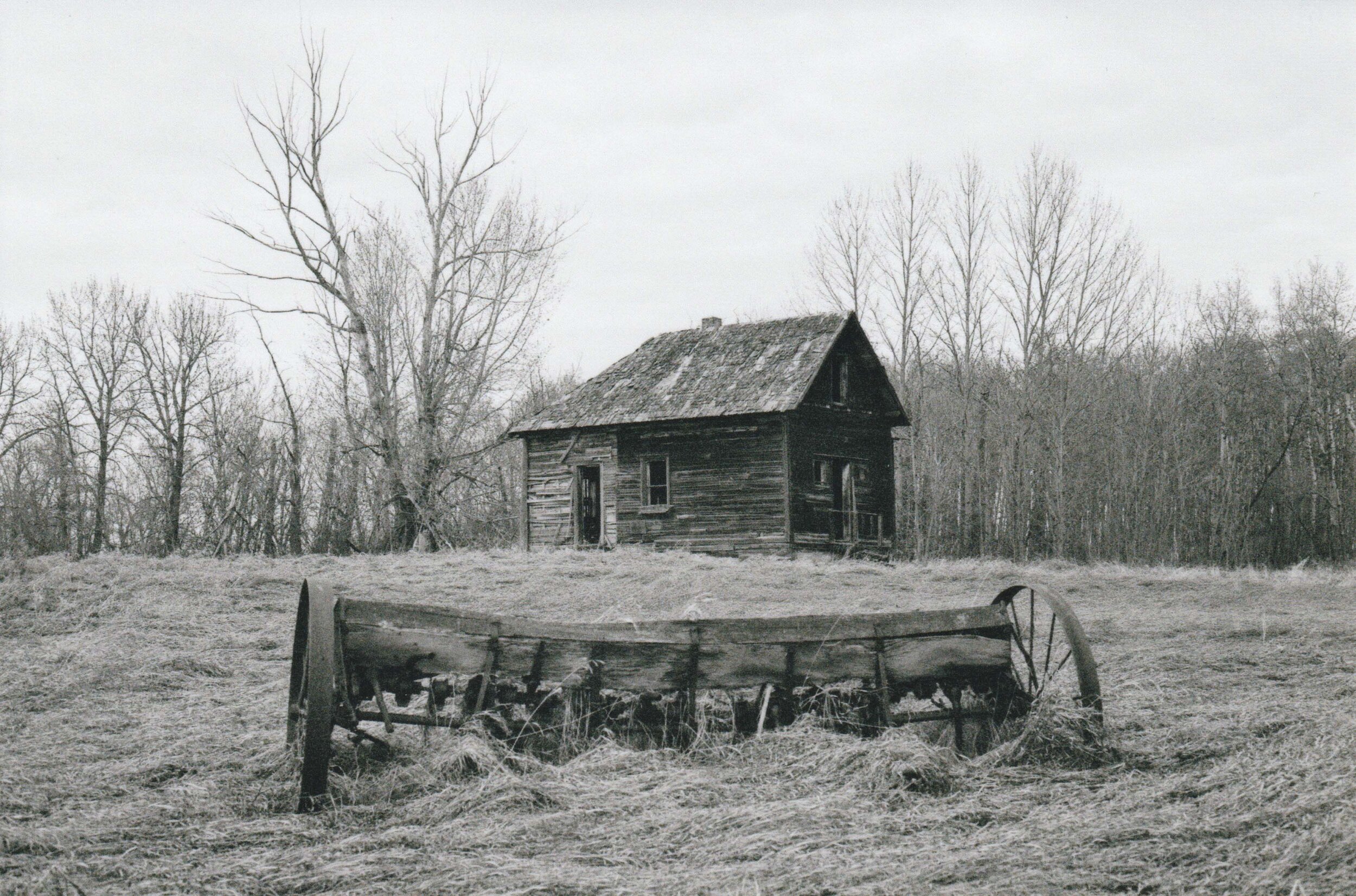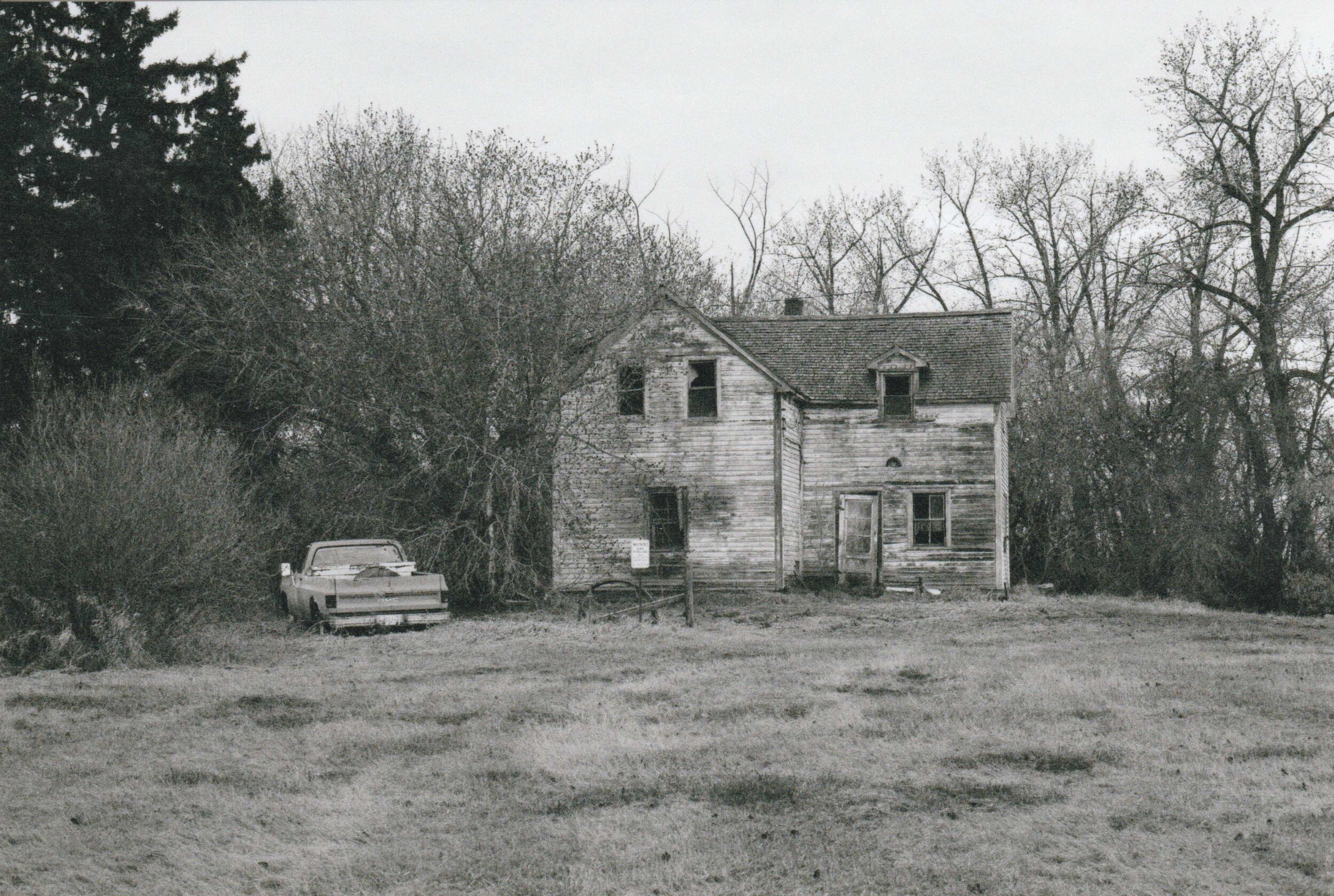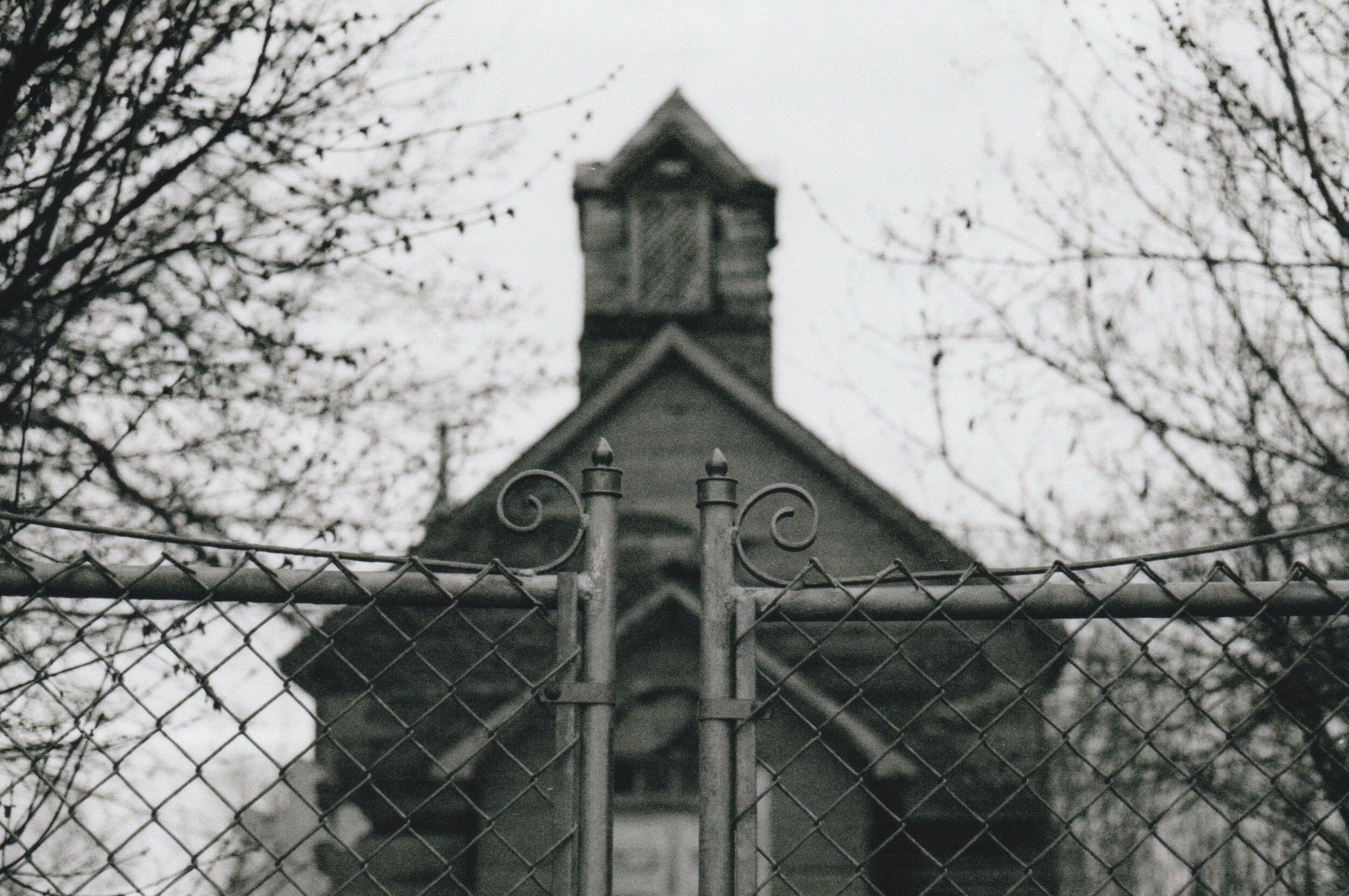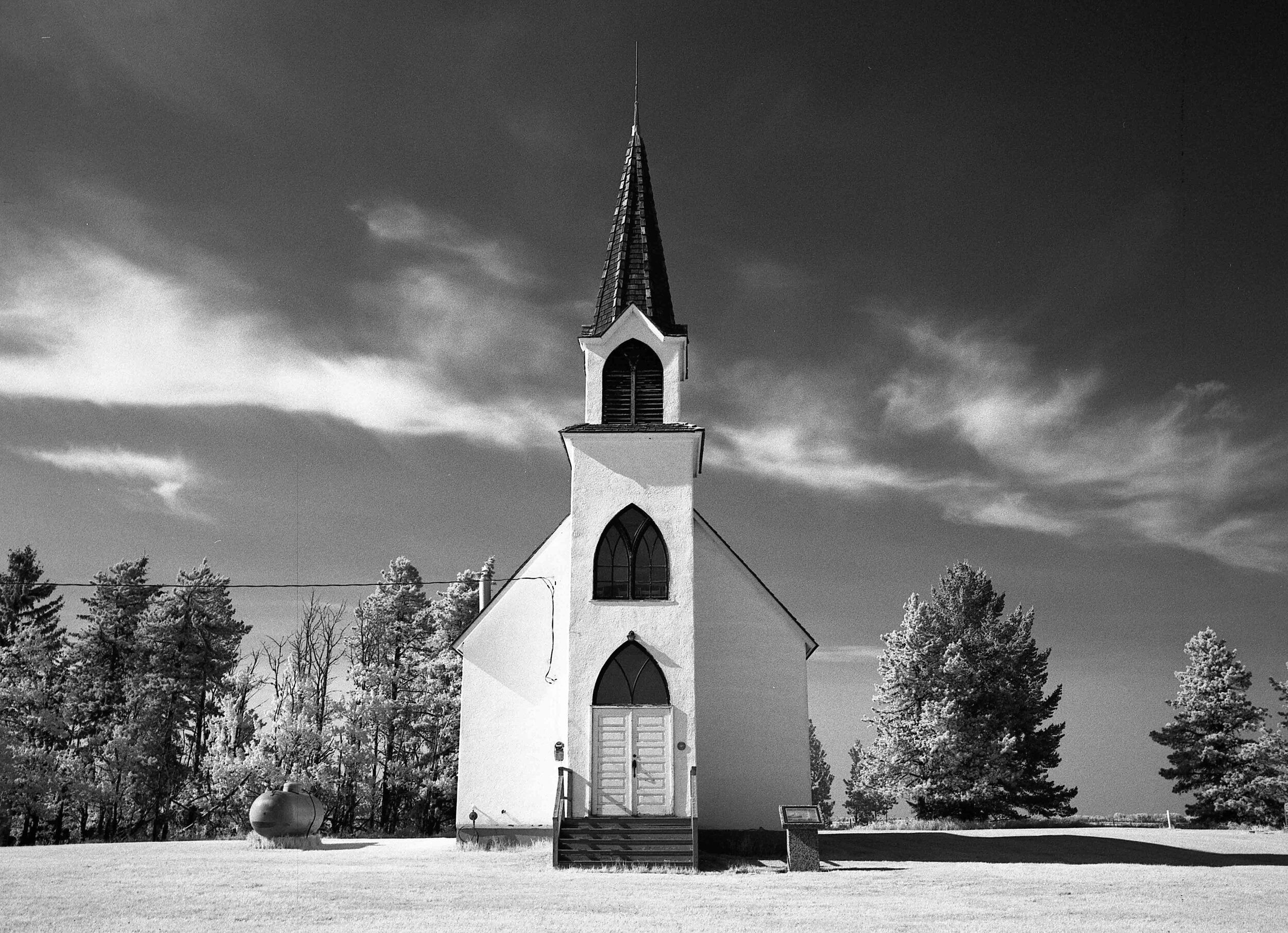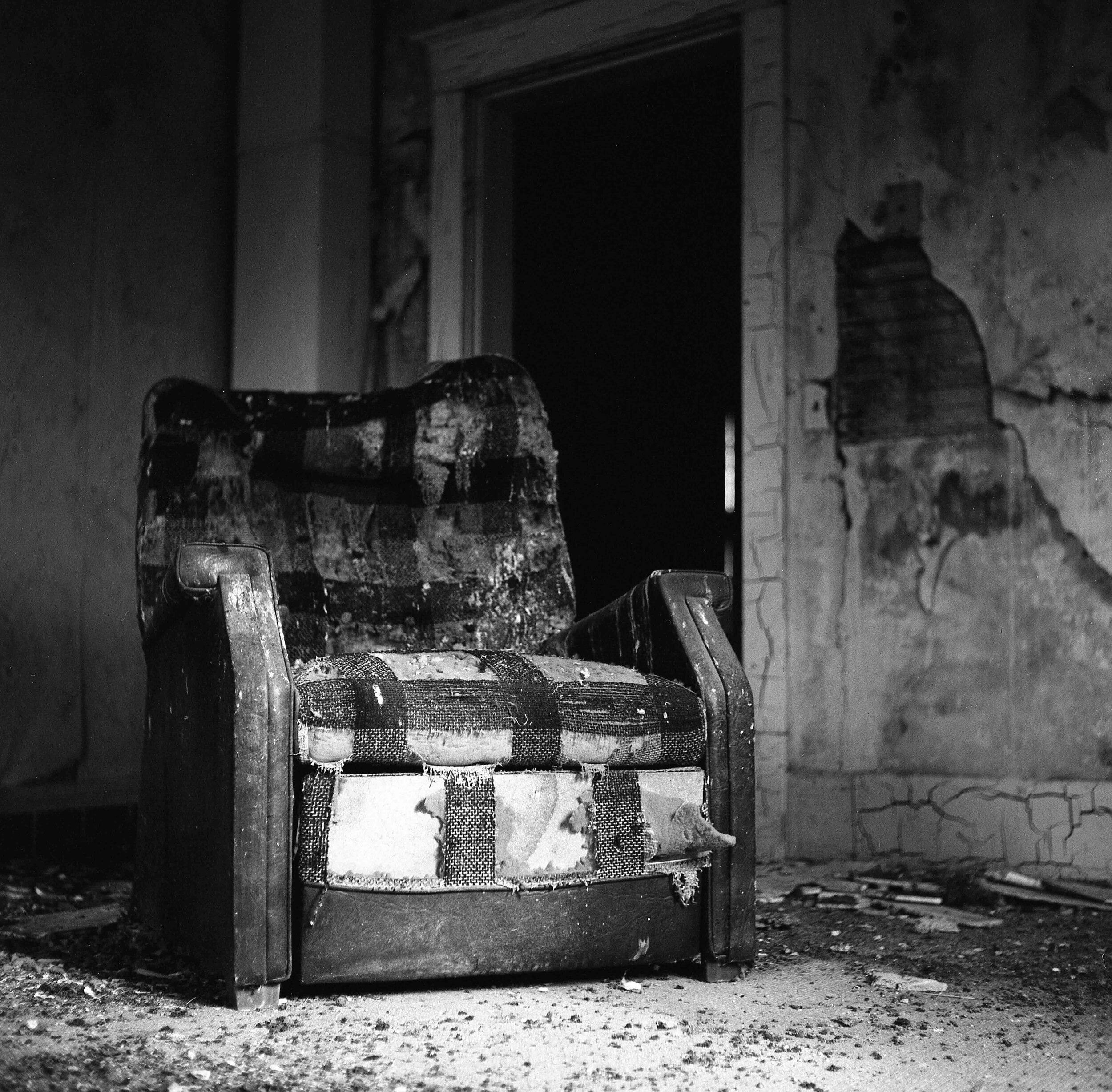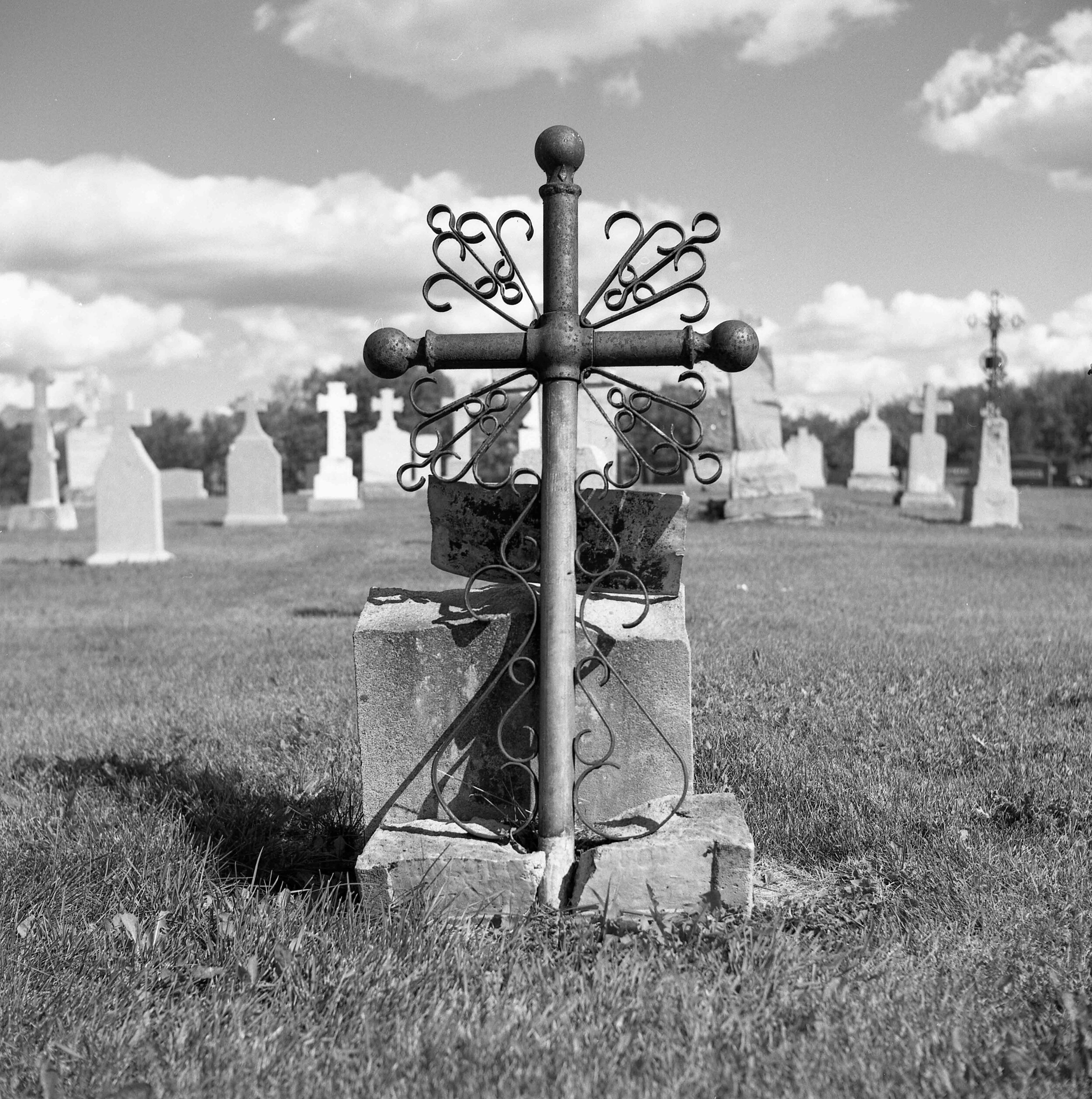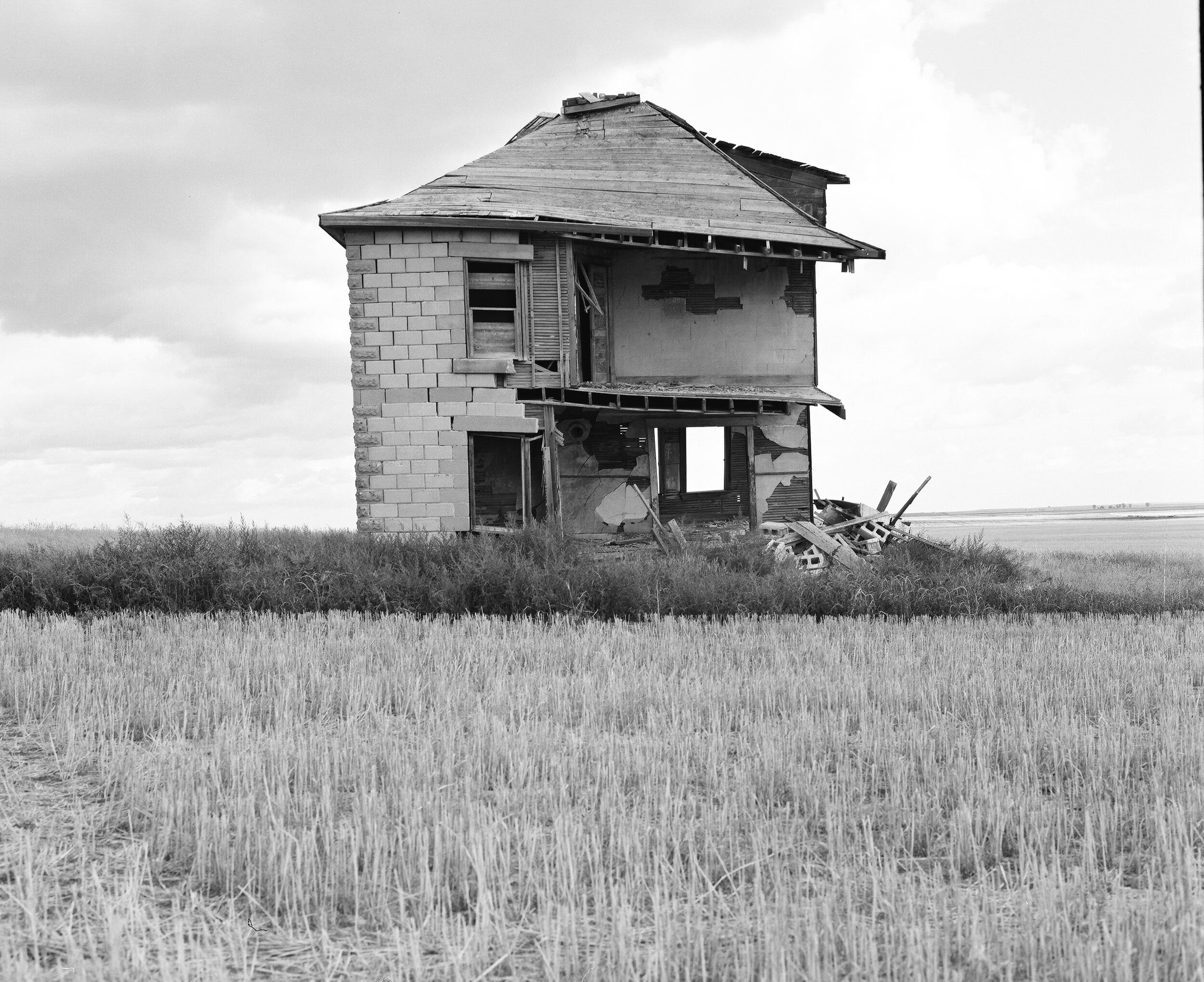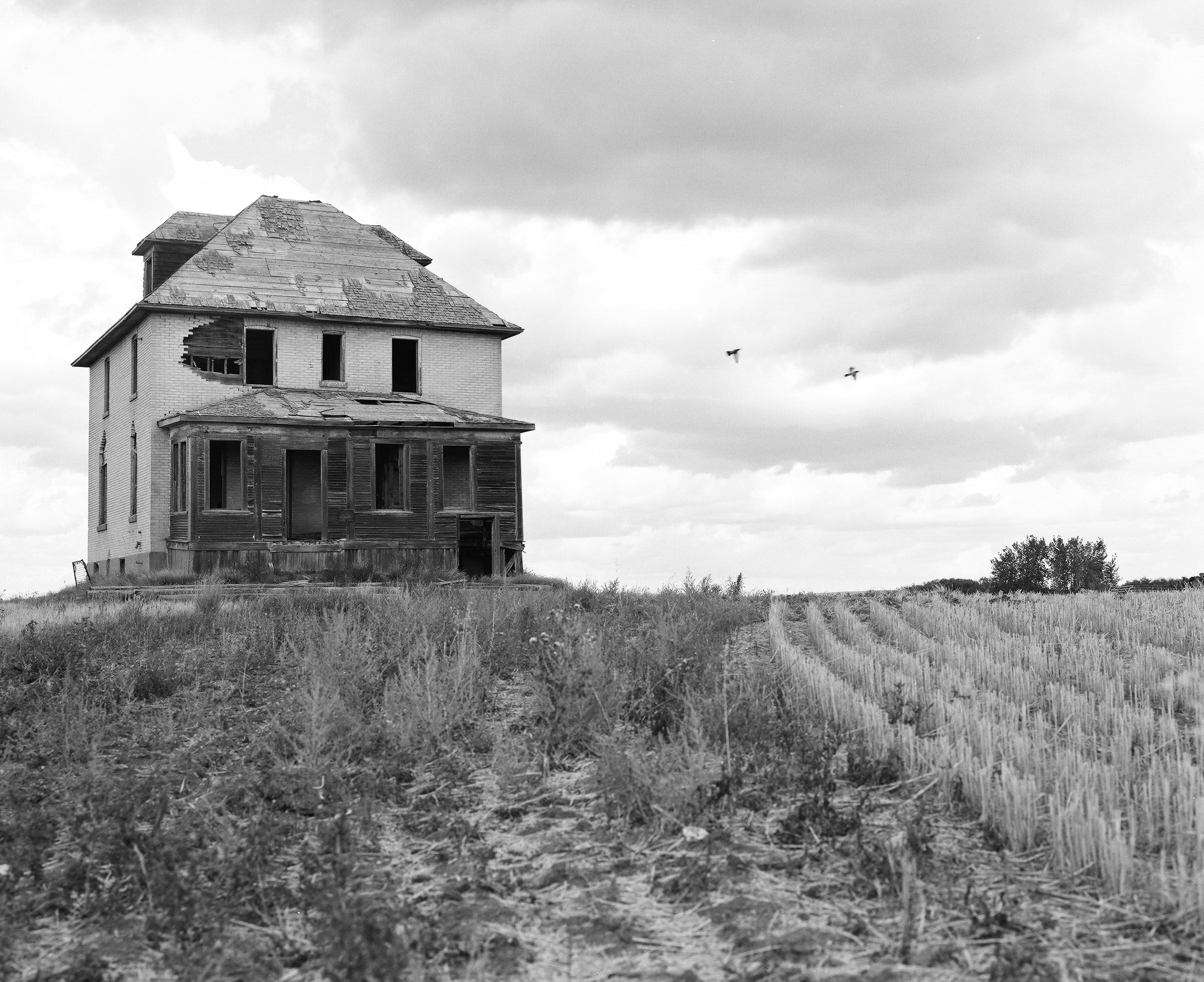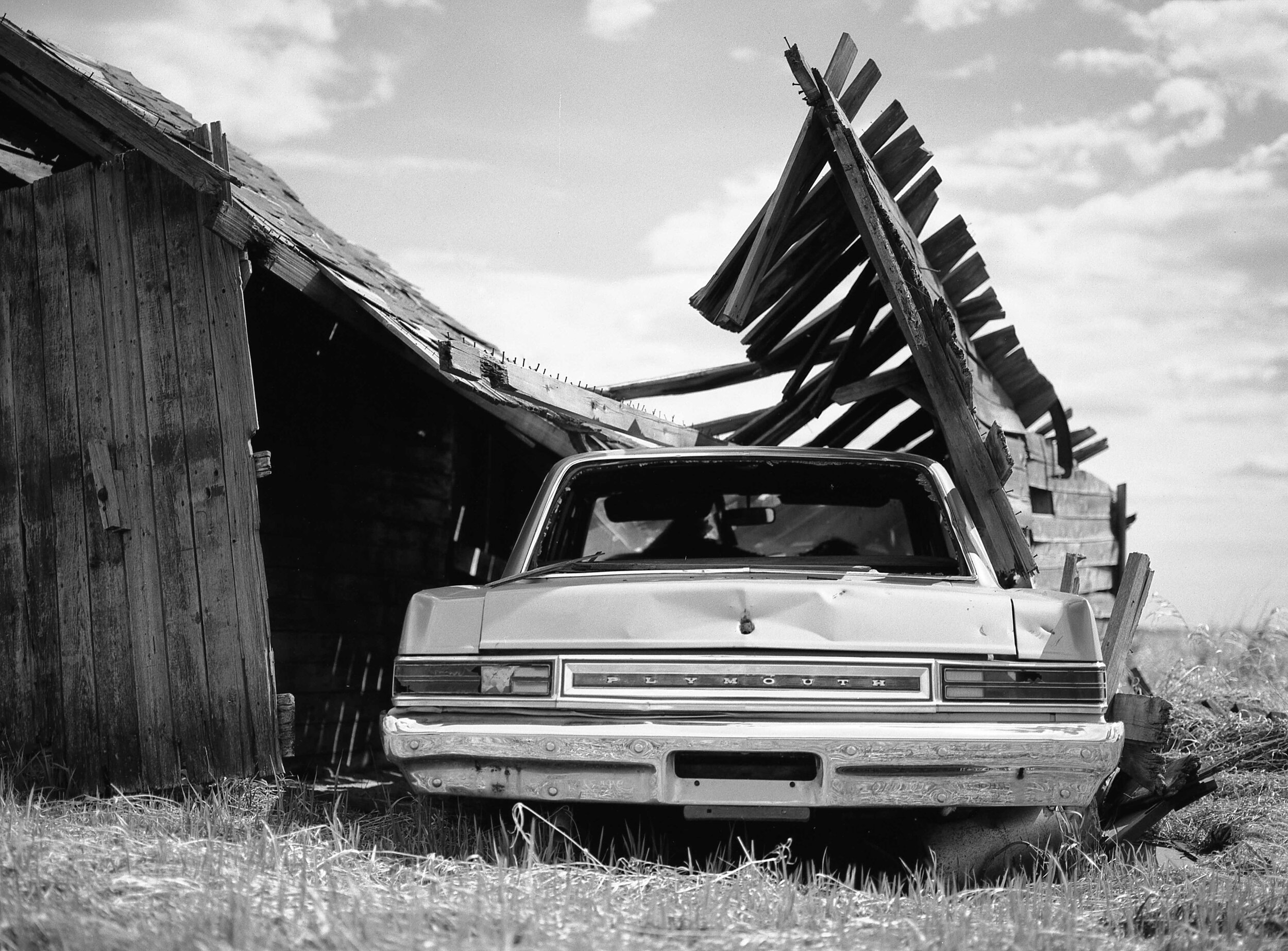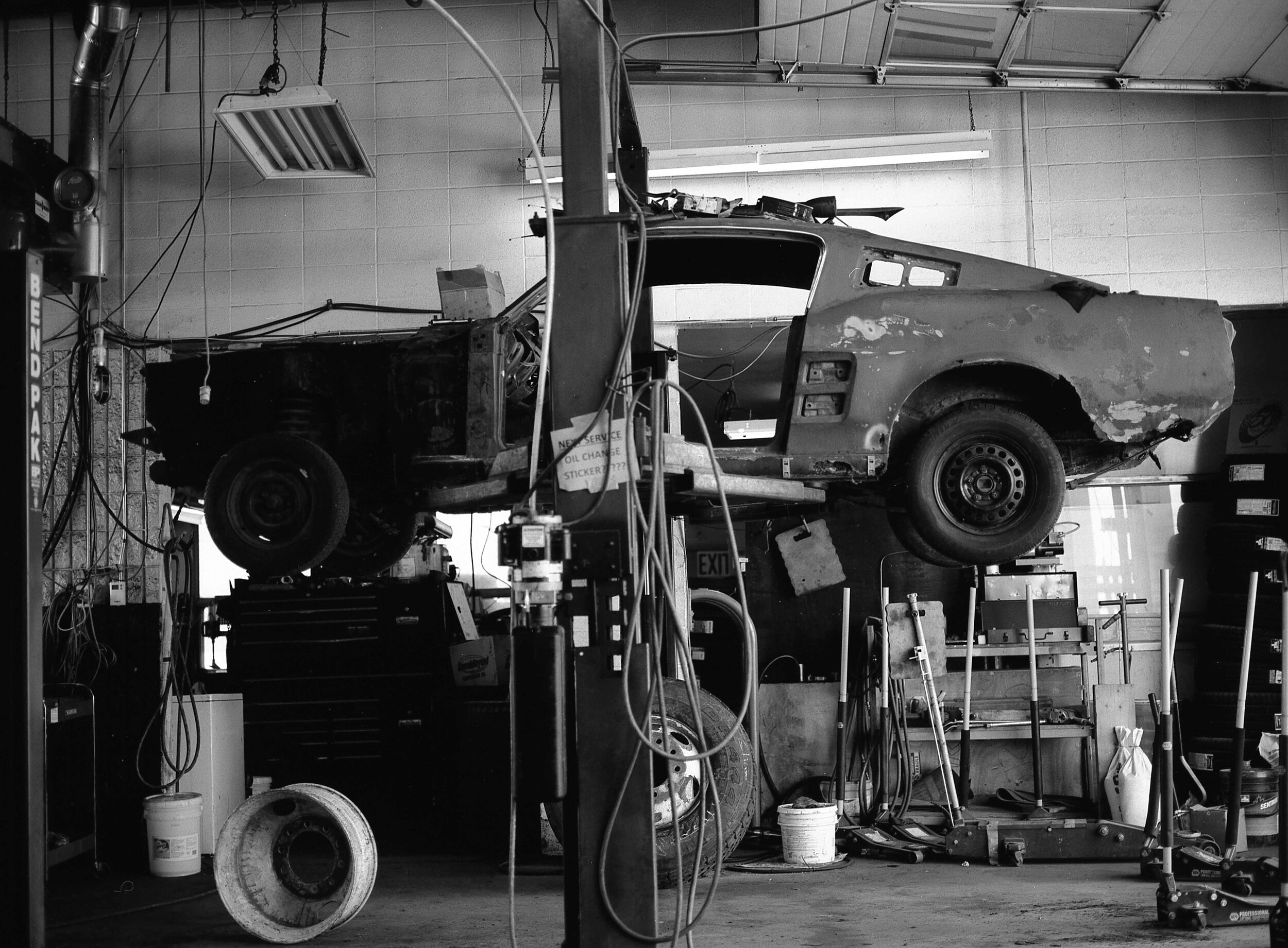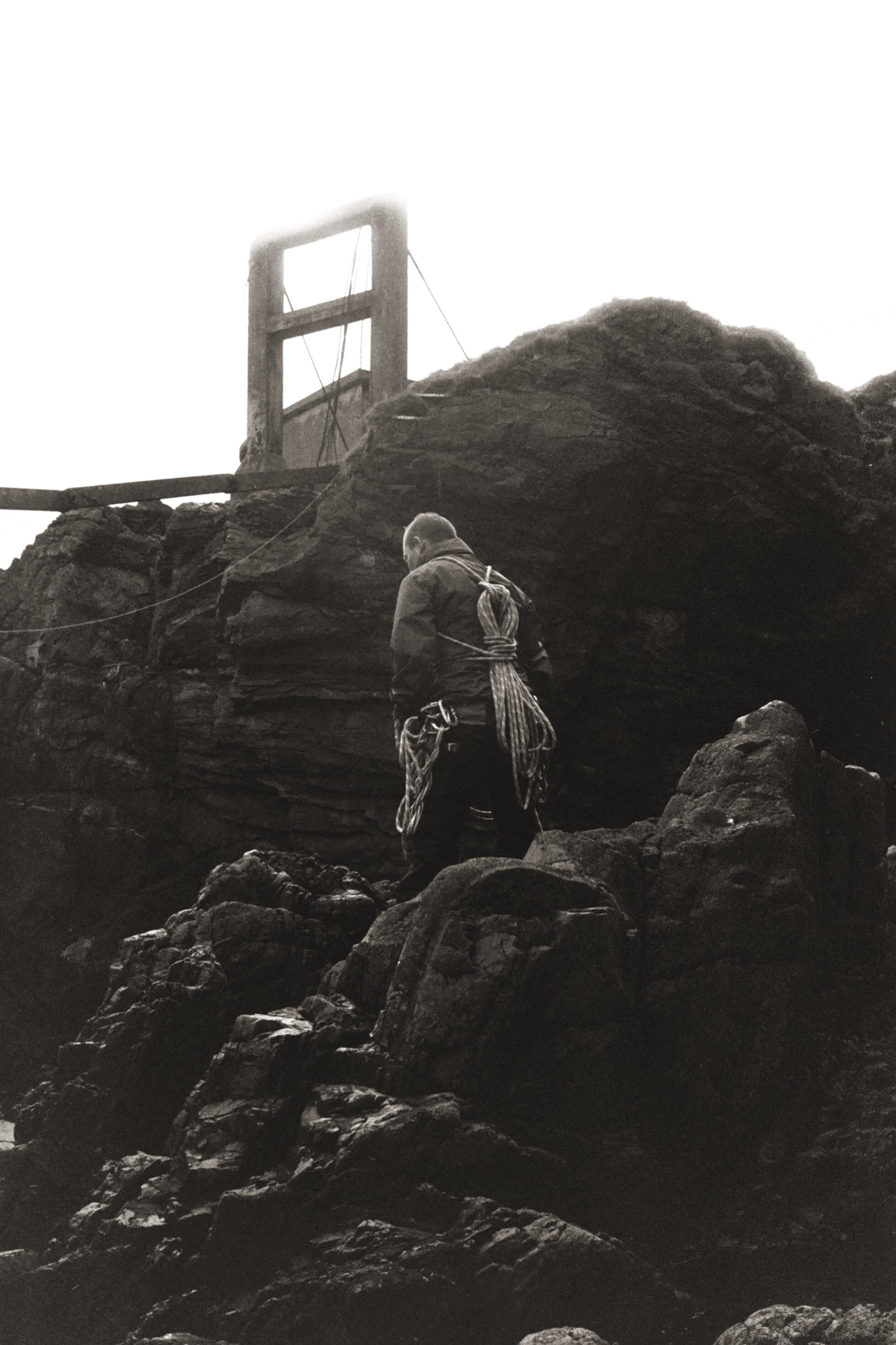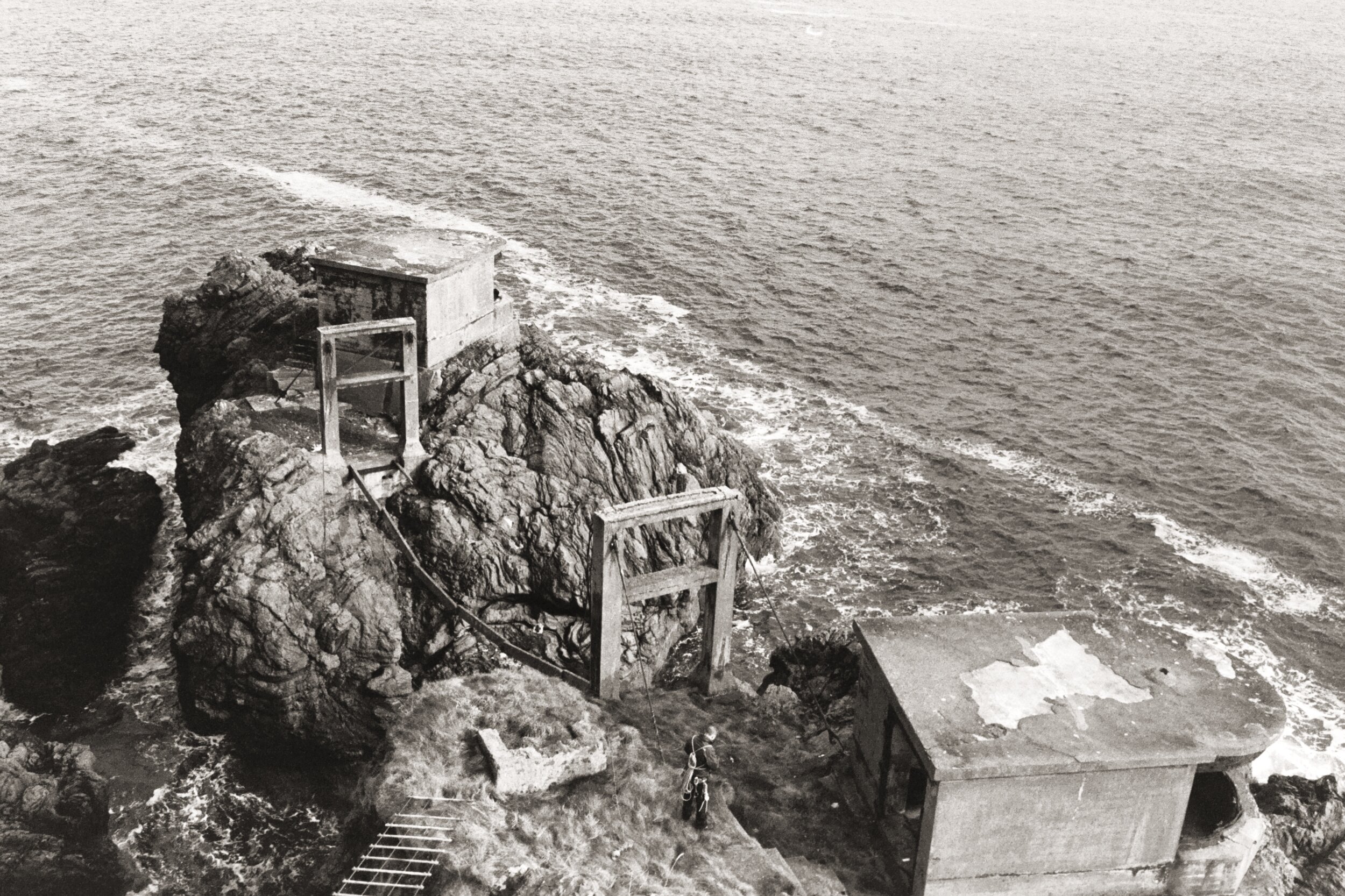My film journey started about a year and a half ago when I was gifted a Canon AE-1. I didn't really have too much interest in it, to be honest. It sat for a couple of weeks until I decided to try it out. I watched some YouTube videos and researched how to load film and use the camera, and then I shot a roll of Ilford XP2 one afternoon and dropped it off at a drugstore - of all places - to have it developed. The next day I went to pick up my photos. Luckily the meter in that old AE-1 still worked; I was blown away by the results and I knew right then and there I was going to be shooting much more film in the future.
I enjoyed shooting with film so much that I ended up selling my digital gear and diving right into it. The film community is another one of my favourite parts about this journey: everyone is super helpful, encouraging, and genuinely seems to love to share tips, tricks, ideas etc. There's no competition here, just a common bond bringing everyone together.
Due to this encouragement, I've finally started to develop my own B&W film at home. I've been really enjoying shooting in black and white again. Every time I pull a new set of negatives out of the tank and view them for the first time, I get that same excited feeling from that day I got my first (terrible drug store) scans back.
When I was sharing my photos on social media I noticed there weren't nearly the amount of pages sharing black and white work, and the ones that were dedicated to b&w seem to no longer be in use, so I decided to start @silvervisionfilm so I could share the work of the many people who helped me along the way and who have inspired me. There are so many great shooters out there, and I want to share their work with like minded people. I'm definitely not against shooting colour in any way, I'm just really enjoying the B&W lately. So far the response has been awesome and it's nice to see the #silvervisionfilm tag being used.
If you’re on Instagram, stop by Justin’s feed, or Silvervision Film, and say hi! Got a film journey of your own you’d like to share? Put it in the comments, send it to us in an email, or holler at us on Instagram.
Connect
Check out more of film photographer Justin Piercy’s work on his Instagram, and be sure to check out his Silvervisionfilm feed for lots of great black & white photography! (AND a chance to get featured there if you use the #silvervisionfilm tag!)


